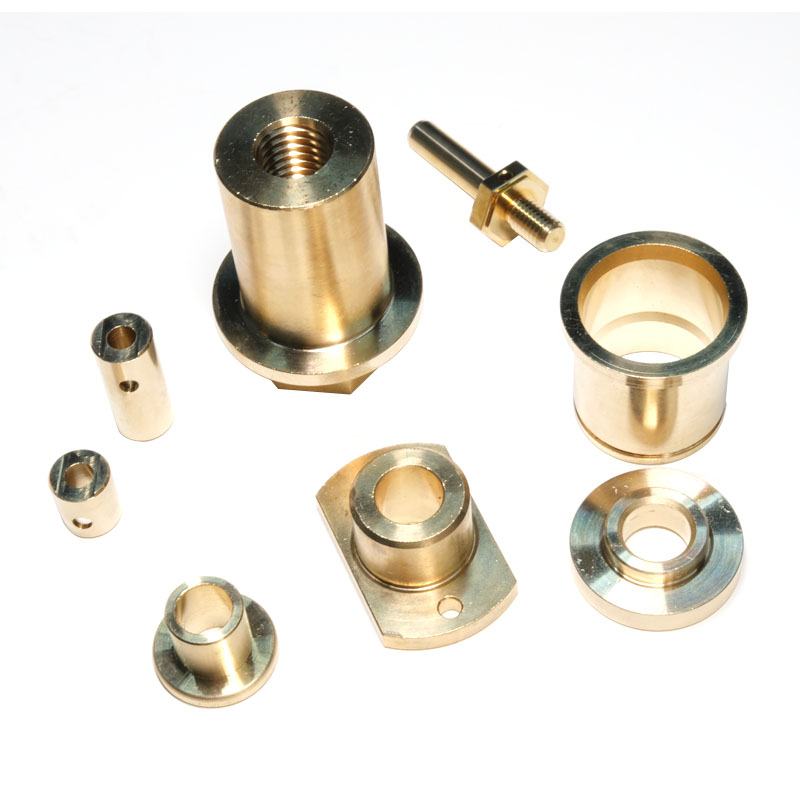Navigating the Depths: Challenges in Designing Waterproof Sensor Enclosures
2023-12-15
Introduction:
In the ever-evolving landscape of sensor technology, where precision meets adversity, waterproof sensor enclosures stand as the stalwart guardians against the relentless forces of water. Designing enclosures capable of withstanding the challenges posed by water exposure demands a careful balance of engineering ingenuity and material science. In this exploration, we will delve into the common challenges faced by designers when crafting waterproof sensor enclosures and the innovative solutions that propel these protective shells into the forefront of environmental resilience.
1. Seal Integrity:
- Challenge: Achieving and maintaining a watertight seal is one of the primary challenges. Over time, seals may degrade, leading to water ingress and compromising the internal components of the sensor.
- Solution: Engineers employ high-quality gaskets, O-rings, and compression seals, coupled with precision machining and assembly techniques, to ensure consistent seal integrity. Regular testing and quality control measures help identify and address potential weaknesses.
2. Material Selection:
- Challenge: Choosing materials that can withstand prolonged exposure to water without degradation is a critical aspect of enclosure design. Some materials may corrode or weaken over time, especially in harsh marine or industrial environments.
- Solution: Utilizing corrosion-resistant materials such as stainless steel, aluminum, or specialized plastics helps mitigate the impact of water exposure. Material coatings and finishes can further enhance durability.
3. Pressure Changes:
- Challenge: Changes in atmospheric pressure, as experienced in underwater applications or during temperature variations, can exert stress on the enclosure. This stress may compromise seal integrity or lead to structural failure.
- Solution: Employing pressure relief mechanisms, such as breather valves or diaphragms, allows the enclosure to equalize pressure with the external environment, preventing damage due to pressure differentials.
4. Ventilation and Condensation:
- Challenge: Maintaining a balance between keeping water out and allowing internal moisture to escape poses a challenge. Condensation inside the enclosure can lead to malfunctions or corrosion.
- Solution: Strategic placement of breathable vents, coupled with the use of desiccants or anti-condensation coatings, helps manage internal humidity levels while preventing water ingress.
5. Mechanical Durability:
- Challenge: Waterproof enclosures must withstand not only water exposure but also physical impacts, vibrations, and mechanical stresses. Ensuring robustness without compromising water resistance is a delicate balance.
- Solution: Employing impact-resistant materials, reinforcing critical points, and implementing shock-absorbing features within the enclosure design contribute to mechanical durability without compromising water protection.
6. Cost Considerations:
- Challenge: Designing effective waterproof enclosures can sometimes incur higher manufacturing costs due to the need for specialized materials and precision engineering.
- Solution: Striking a balance between cost and performance involves careful material selection, streamlined manufacturing processes, and leveraging economies of scale where possible.
Conclusion:
Designing waterproof sensor enclosures is a multifaceted task that requires a deep understanding of the challenges posed by water and a commitment to innovative solutions. As technology advances and industries demand sensors capable of functioning in increasingly diverse and harsh environments, overcoming these challenges becomes paramount. In the delicate dance between precision and adversity, waterproof sensor enclosures emerge as the unsung heroes, ensuring that sensors continue to operate reliably, even in the face of the relentless forces of water.



